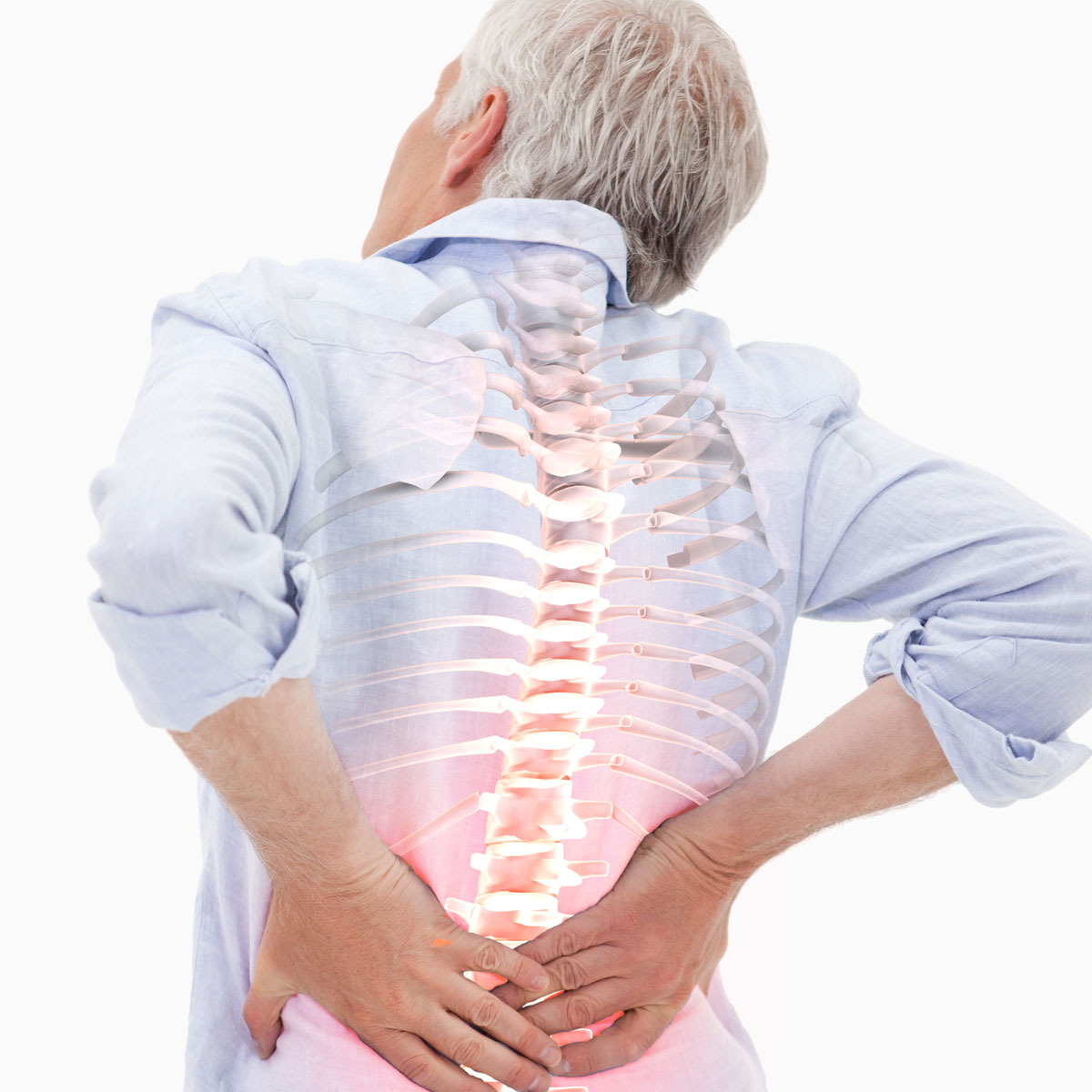- Home
- About
- Team
- FOR PATIENTS
- FOR PROVIDERS
- Newsletter Sign Up
- CONTACT
- SCHEDULE A VISIT

Below is a list of conditions related to the neck, spine, and ribs that we treat including diagnoses for which we provide treatment and links to articles and video transcripts that provide more information regarding each condition.


